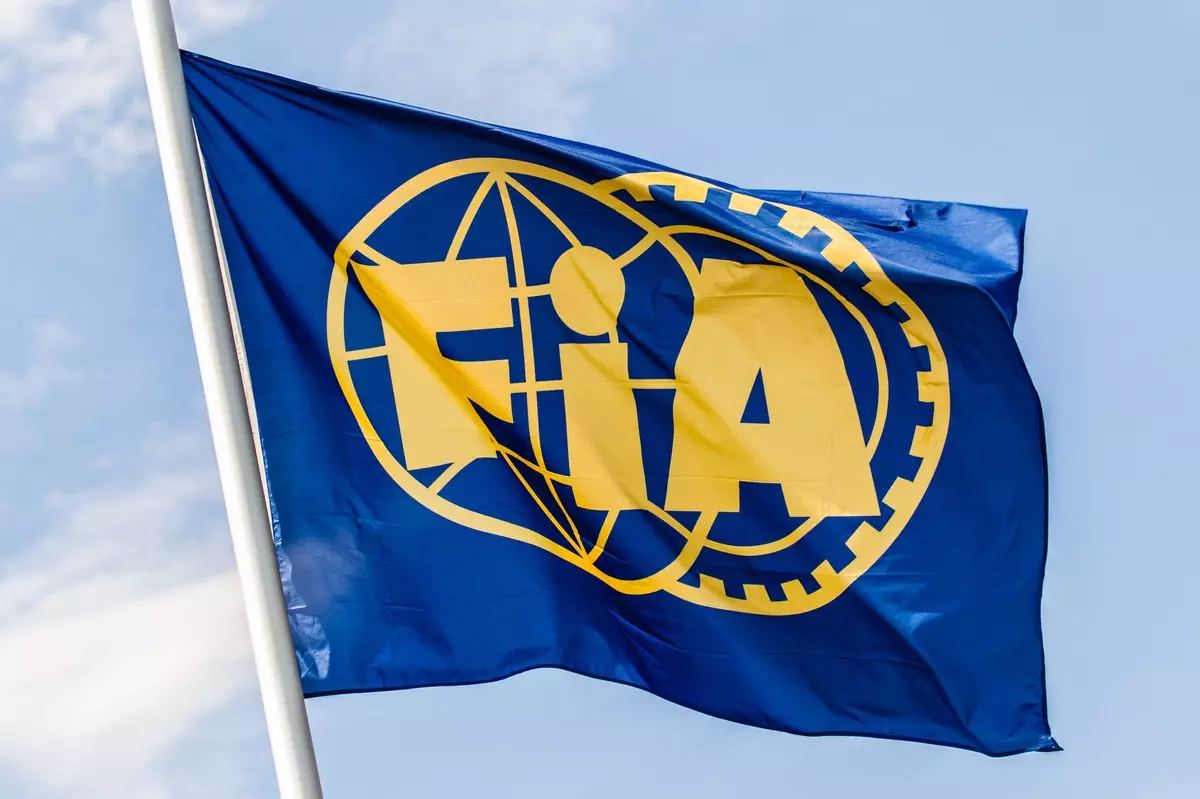In a decisive move that underscores the ongoing evolution of Formula 1, the FIA has announced the departure of Sara Mariani, its former director of Sustainability, Diversity, and Inclusion (D&I). After just 18 months, Mariani’s exit signals a significant restructuring aimed at redefining how the regulatory body integrates sustainability and inclusivity into its core mission. Such bold actions suggest a governance that is not merely reactive but proactively seeking a more effective framework for addressing modern challenges in motorsports.
The Unexpected Farewell
In her farewell note, Mariani expressed her disbelief at the abrupt nature of her departure despite having a fulfilling tenure marked by passionate initiatives and a competent team. Her departure, framed by a recognition of the necessity for transformation, mirrors a broader narrative that traditional sports organizations must confront. The poignant remark about searching for an environment where talent thrives indicates a pressing need for accountability in leadership roles, particularly concerning women in positions of influence. A resignation of this nature raises eyebrows, prompting the question: Is the FIA truly committed to its D&I objectives when its actions seem counterproductive?
Understanding the Structural Changes
The FIA’s decision to split the Sustainability and D&I functions into separate divisions, each falling under new leadership, could be seen as an admission of previous mismanagement. Under Willem Groenewald, the sustainability program will be integrated into mobility, while Alessandra Malhame will spearhead D&I efforts from a human resources perspective. While there may be merits to this realignment — such as increased focus and clearer accountability — it also risks diluting the holistic approach that Mariani was attempting to champion. Dividing these functions could lead to disconnected initiatives that fail to resonate with the core principles of interconnectedness that are essential for real progress in these domains.
An Ongoing Transition within the FIA
Mariani’s departure comes amid a broader management overhaul within the FIA, which seems to be experiencing a significant leadership crisis. With multiple high-profile exits, including that of deputy president Robert Reid, the question of stability looms large. Such frequent changes can prevent the establishment of a coherent strategic vision and foster an atmosphere of uncertainty. Factors like these challenge the FIA’s credibility and commitment to both sustainability and diversity, raising concerns about whether these initiatives are merely superficial or genuinely transformative.
The Implications for the Future of Formula 1
As Formula 1 continues to grapple with the challenges of modernity, the FIA’s internal changes may reflect a deeper realization of the complexities facing the sport. The need for agility in governance and a steadfast commitment to sustainability resonates not only with fans and stakeholders but also with a younger audience increasingly attuned to social responsibility. The real question is whether the FIA can successfully demonstrate a sincere commitment to lasting change or if these management shake-ups will ultimately lead to more chaos than clarity. As the world watches how these transitions unfold, it is clear that the need for forward-thinking and inclusive leadership has never been more critical for the future of racing.

